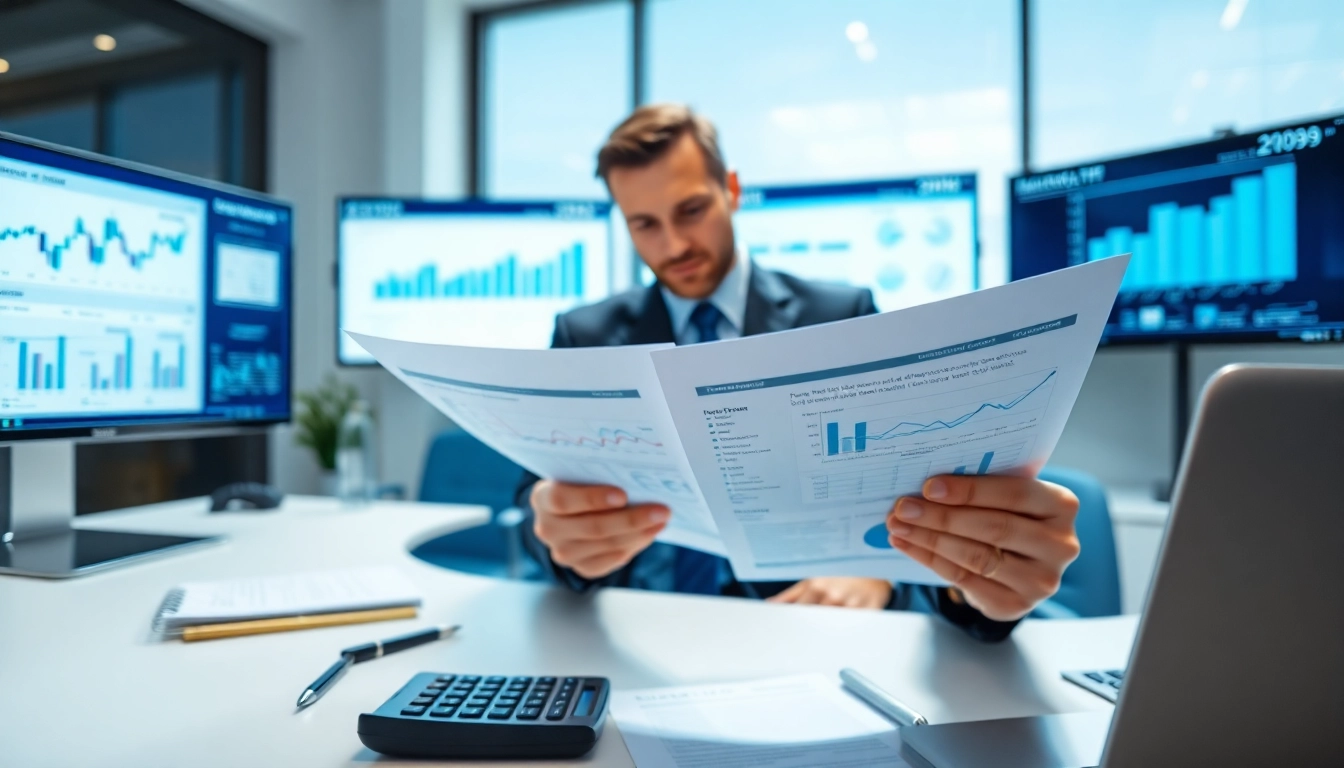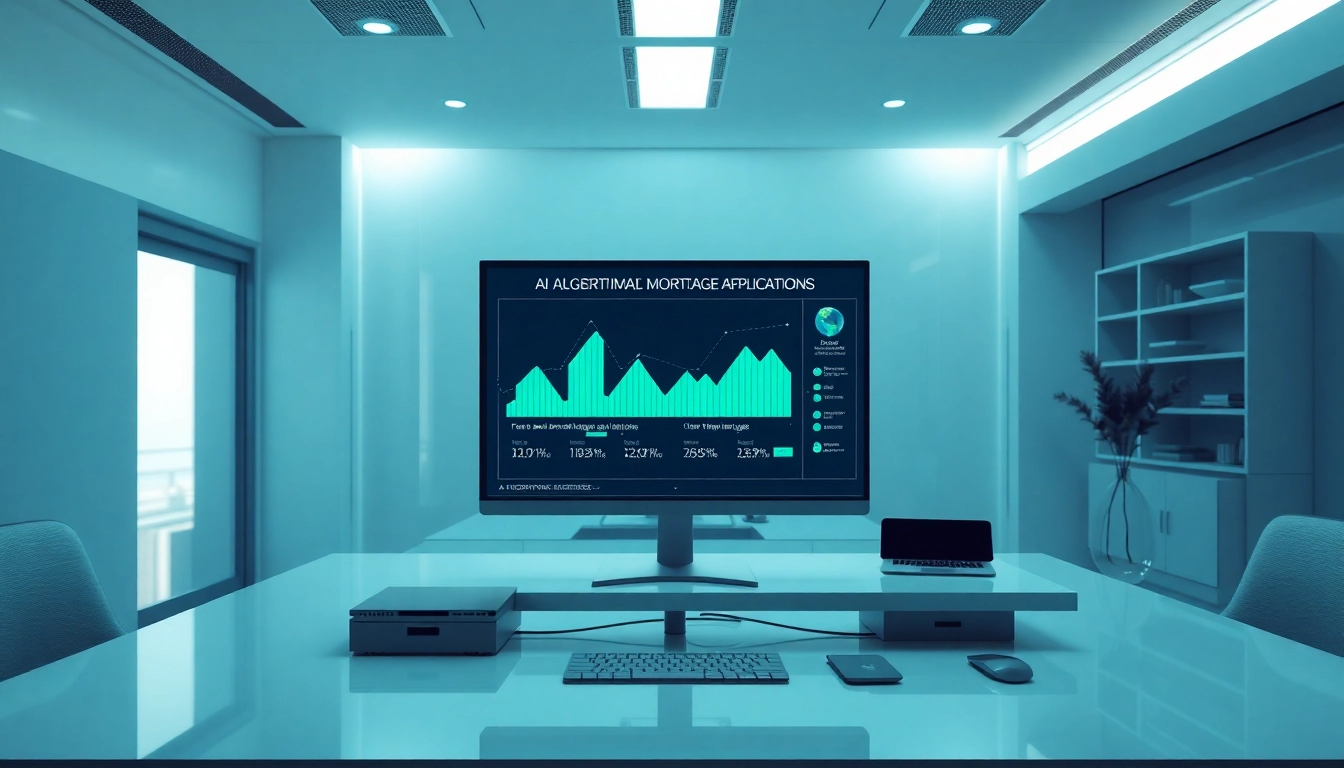Understanding Trade Futures: A Comprehensive Overview
What Are Trade Futures?
Trade futures are standardized contracts that obligate the buyer to purchase, and the seller to sell, a specific quantity of a financial asset at a predetermined price on a specified future date. These contracts often cover commodities like oil and wheat or financial instruments, including indices or currencies. Futures trading allows participants to hedge against price fluctuations or speculate on future price movements. The standardized nature of these contracts is crucial as it enhances liquidity and transparency throughout the trading process.
In a broad sense, futures trading can be likened to betting on the price of an asset. For instance, if a trader believes that the price of a commodity will rise in the future, they can buy futures contracts. Conversely, if they anticipate a decline, they can sell futures contracts. The dynamic nature of these trades fascinates both institutional and retail investors. Those interested in understanding the nuances and mechanics of trade futures will find that the market offers various opportunities intertwined with risk management and strategic planning.
The Importance of Trade Futures in Financial Markets
Futures markets play an integral role in the broader financial ecosystem. They provide a platform for price discovery, allowing traders to gauge the expected future prices of commodities or securities. This price formation is crucial for producers and consumers who need to manage their financial exposure to price variances.
One significant function of futures contracts is hedging. For example, a farmer anticipating a harvest in six months might sell futures contracts to lock in a price, ensuring they receive a guaranteed amount regardless of price fluctuations at the time of harvest. This hedging capability extends to various sectors, providing stability and predictability in an otherwise volatile market.
Moreover, trade futures contribute significantly to market liquidity, enabling traders to enter and exit positions with ease. This aspect is particularly essential for investors looking to capitalize on short-term price movements without impacting the market significantly. Furthermore, as globalization expands, futures markets have grown to encompass a diverse set of assets, making them a vital part of the international trading landscape.
Different Types of Trade Futures Contracts
Trade futures contracts can be categorized primarily into two types: commodity futures and financial futures. Understanding these distinctions is vital for traders looking to diversify their portfolios or hedge against specific risks.
- Commodity Futures: These contracts cover physical goods, such as agricultural products (corn, soybeans), metals (gold, silver), and energy products (oil, natural gas). They are often used by producers and consumers of these commodities to manage risk. For instance, a crude oil producer may sell futures contracts to secure a price for their output, providing a hedge against price drops.
- Financial Futures: These include contracts based on financial instruments such as currencies, interest rates, and stock market indices. Examples include S&P 500 futures or Eurodollar futures. Financial futures facilitate speculation and allow financial institutions to manage interest rate exposure, making them pivotal in the capital markets.
Key Benefits of Trading Futures
Leverage: Maximizing Profit Potential
One of the standout features of trading futures is the power of leverage. Traders can control a large position with a relatively small amount of capital. This arrangement allows for potentially significant profits when positions move favorably. For example, if a trader uses leverage to control a futures contract worth $100,000, they may only need to have $10,000 in their trading account as margin.
However, it is essential to recognize that while leverage can amplify profits, it equally magnifies risks. A small adverse movement in the market can lead to significant losses, thereby necessitating a well-thought-out risk management strategy. Traders must be aware of how margin calls work and the implications of their positions.
Diversification: Reducing Portfolio Risks
Another crucial advantage of futures trading is its ability to provide portfolio diversification. Investors often seek to diversify their portfolios across various asset classes to mitigate risk. By incorporating trade futures, traders can gain exposure to commodities and indices, which may behave differently from traditional stocks and bonds.
For instance, during times of economic downturn, commodities like gold often retain their value, serving as a safe haven. By investing in gold futures, a trader can hedge against equity market declines, balancing their overall investment strategy. Thus, futures trading enhances a trader’s ability to create a resilient and well-rounded portfolio.
Liquidity: Easily Entering and Exiting Positions
The liquidity of futures markets is another appealing benefit for traders. High liquidity means that traders can quickly buy or sell contracts without causing drastic price changes. Major futures markets, such as the Chicago Mercantile Exchange (CME), feature substantial volumes that ensure narrower spreads and better trade execution.
This characteristic is especially beneficial for day traders and those employing short-term strategies, allowing them to react quickly to market movements without impacting the price dramatically. Moreover, enhanced liquidity reduces the costs associated with trading and improves overall market efficiency.
Strategies for Successful Futures Trading
Technical Analysis: Reading the Market
Technical analysis involves evaluating historical price data, using charts and indicators to forecast future price movements. Traders frequently utilize technical indicators, such as moving averages and Relative Strength Index (RSI), to identify market trends and potential entry/exit points.
For successful futures trading, traders should become adept at various chart patterns, such as head and shoulders or double tops. Understanding these patterns can help traders gauge market momentum and market reversals. Investing time in learning charting software and backtesting strategies will pay dividends in developing a successful trading strategy.
Fundamental Analysis: Economic Indicators
While technical analysis focuses on price movements, fundamental analysis looks at the broader economic factors influencing price changes. This includes analyzing supply and demand conditions, geopolitical events, and economic reports affecting market sentiment.
For example, a report indicating higher-than-expected unemployment may lead to a decline in consumer spending, impacting markets negatively. Similarly, developments in global politics can affect oil prices significantly. Traders should stay informed about economic indicators and news releases and understand how these events can impact their trading positions.
Developing a Risk Management Plan
A robust risk management plan is integral to successful futures trading. Traders should determine their risk tolerance and establish guidelines for position sizing, stop-loss orders, and profit-taking strategies. A common rule of thumb is to never risk more than a small percentage of the trading capital on a single trade.
Additionally, consistently reviewing and adjusting risk management protocols based on market conditions and performance metrics can further enhance a trader’s resilience against market fluctuations. This proactive approach can help traders navigate uncertainties while minimizing emotional decision-making, a common pitfall in trading.
Common Challenges and How to Overcome Them
Understanding Market Volatility
Market volatility can pose significant challenges for futures traders, as rapid price movements can lead to unexpected gains or losses. High volatility often results from economic announcements, natural disasters, or geopolitical tensions. Traders must develop strategies for dealing with this uncertainty, such as implementing tighter stop-loss orders during volatile periods or varying position sizes based on market conditions.
Education plays a critical role in understanding volatility; traders should consider using volatility indicators like Bollinger Bands to gauge market fluctuations. Being prepared for various scenarios and having a plan helps traders maintain composure when volatility spikes.
Emotional Discipline in Trading
Emotional discipline is essential in trading, particularly in the often fast-paced environment of futures trading. Fear and greed can prompt traders to deviate from their established strategies and make impulsive decisions. Developing a disciplined approach involves setting clear trading goals, adhering to trading plans, and practicing mindfulness techniques to reduce stress.
One practical method to enhance emotional discipline is through journaling trades. Recording not just the performance but also emotional reactions to trades can provide invaluable insights into behavioral patterns and allow traders to address emotional triggers proactively.
Staying Updated with Market Trends
The fast-paced nature of futures markets necessitates traders to remain informed about market trends, news, and economic data releases. Leveraging various tools such as financial news websites, economic calendars, and market analysis platforms can help traders stay ahead.
Additionally, subscribing to newsletters or joining trader communities may provide valuable insights and diverse perspectives that can enhance trading strategies. Staying updated not only informs trading decisions but also contributes to overall market awareness, which is crucial in navigating complex trading environments.
Performance Metrics for Trade Futures
Measuring Success: Key Performance Indicators
To evaluate the effectiveness of futures trading strategies, traders must identify and track key performance indicators (KPIs). Some of the most relevant KPIs include:
- Win Rate: The percentage of profitable trades versus total trades executed. A higher win rate often indicates strong trading strategies.
- Risk-Reward Ratio: This metric compares the potential profit to potential loss for each trade, enabling traders to assess the risk associated with an individual position.
- Average Trade Duration: Understanding how long trades are held can provide insights into trading styles and help assess performance against market movements.
- Drawdown: The peak-to-trough decline in trading capital, important for understanding worst-case scenarios during a trading strategy.
By closely monitoring these KPIs, traders can make informed decisions about which strategies are effective and which require adjustments.
Reviewing and Adjusting Your Trading Strategy
Continuous improvement is critical for success in futures trading. Regularly reviewing trading performance allows traders to identify patterns, challenges, and strengths in their strategies. By assessing previous trades against performance metrics, traders can discern which strategies have yielded consistent results and which areas necessitate refinement.
Moreover, adapting to changing market conditions is vital. A strategy that worked well during a particular market cycle may become ineffective during another. Keeping a flexible mindset and being willing to adjust approaches based on performance data helps traders stay relevant and competitive.
The Role of Technology in Monitoring Trades
Technological advancements have significantly improved futures trading, allowing traders to execute orders faster and access real-time data. Trading platforms offer advanced charting tools, automated trading algorithms, and market alerts to help traders optimize their strategies.
Traders should leverage technology not just for trade execution, but for performance analysis as well. Using analytical software to track KPIs, backtest strategies, and simulate trading scenarios can significantly enhance trading skills and confidence. As technology continues to evolve, embracing these tools becomes paramount for traders wishing to maintain a competitive edge in the market.



